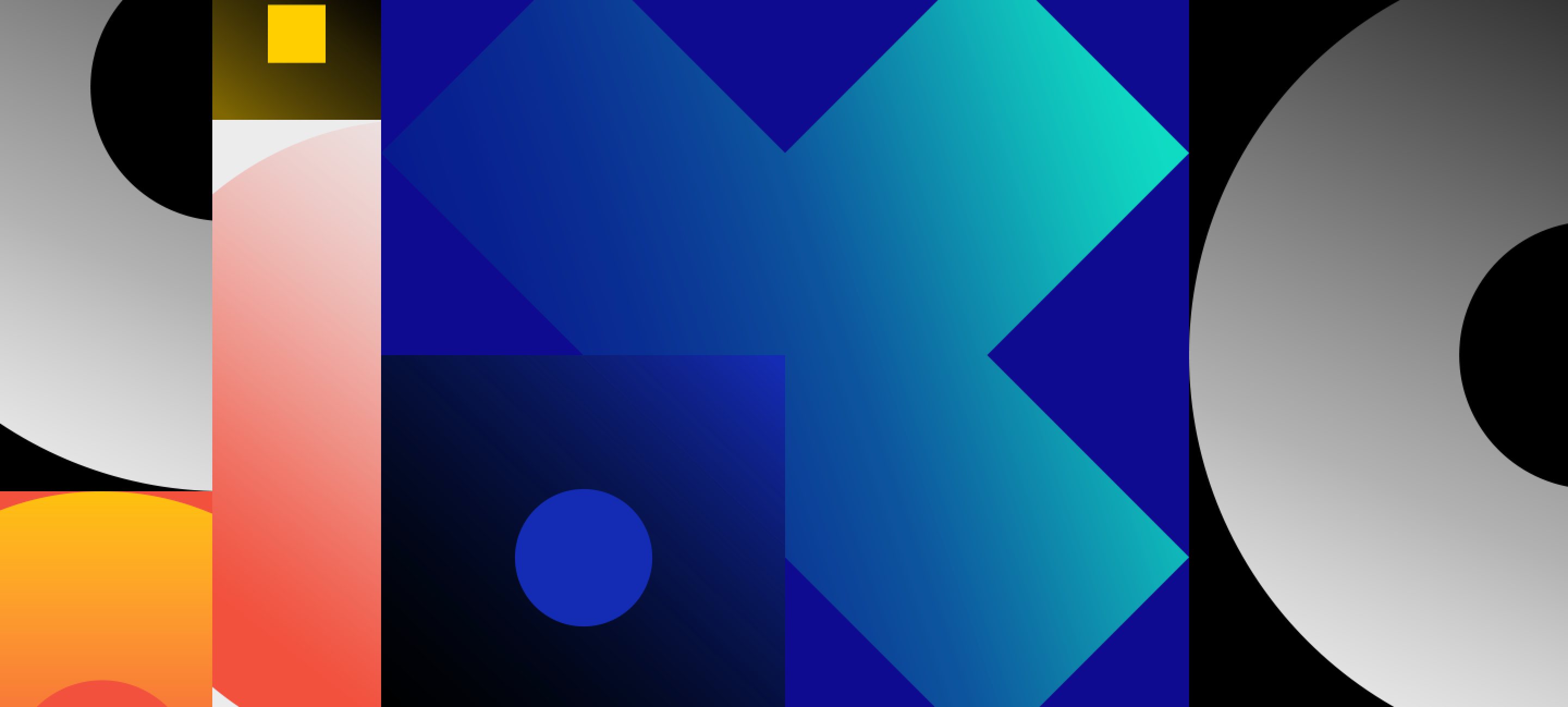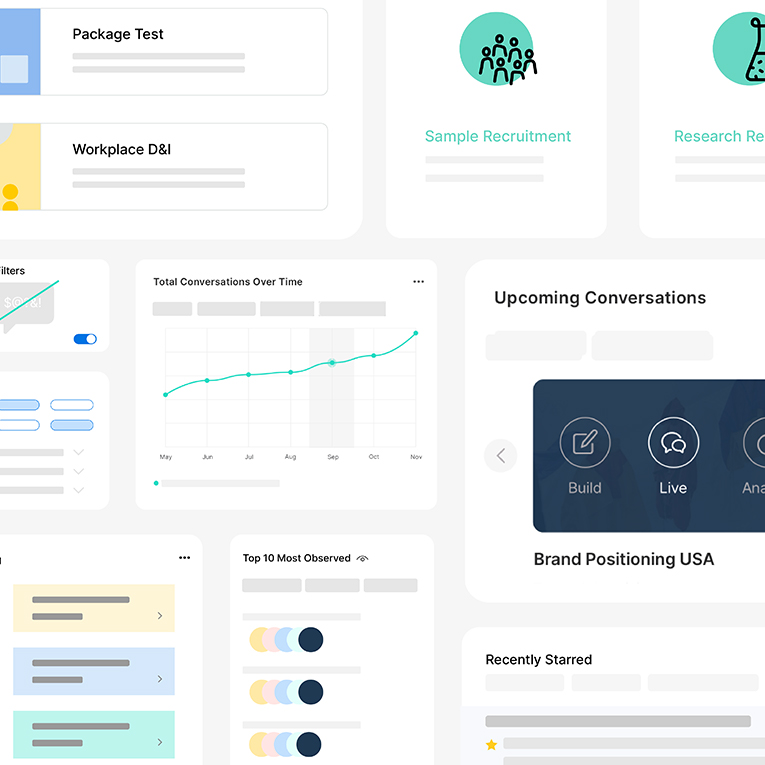.webp)
Trends
How to Calculate Your Sample Size Using a Sample Size Formula

.png)

.png)
Read More

.png)
.png)
.png)
Maria Noesi
November 25, 2021
Remesher
.webp)
Trends
How to Calculate Your Sample Size Using a Sample Size Formula

.png)

.png)
Read More

.png)
.png)
.png)
November 25, 2021
Remesher
.webp)
Trends
How to Calculate Your Sample Size Using a Sample Size Formula

.png)

.png)
Read More

.png)
.png)
.png)
November 25, 2021
Remesher
.webp)
Trends
How to Calculate Your Sample Size Using a Sample Size Formula

.png)

.png)
Read More

.png)
.png)
.png)
November 25, 2021
Remesher
.webp)
Trends
How to Calculate Your Sample Size Using a Sample Size Formula

.png)

.png)
Read More

.png)
.png)
.png)
November 25, 2021
Remesher
.webp)
Trends
How to Calculate Your Sample Size Using a Sample Size Formula

.png)

.png)
Read More

.png)
.png)
.png)
November 25, 2021
Remesher
Using Customer Discovery for New Product Development
ProductPlan co-founder and chief strategist Jim Semick shares real lessons he learned as he validated the market and got his product built quickly.

This article is an excerpt of an eBook by ProductPlan.
Products launch, products fail.
For some products, it may take years to find a fit in the market. And it’s often during that time products fail. They fail to see traction in the market.
I’ve been a part of product teams for almost 20 years now. During this time, I’ve helped transform rough ideas into real products and bring those products to market. Thanks in part to practice, and in part to mistakes made along the way, I’ve honed some great techniques for validating products. This technique is the process I used to quickly iterate ideas, validate concepts, and make rapid decisions about what to build.
As part of this article, I’ll share our story at ProductPlan and examples of the real lessons we learned as we validated our market, got our product built quickly, and eventually found product-market fit.
(Download our free product development checklist now.)

Customer Discovery
The most successful product and insights teams think of themselves as finders of pain, not finders of products. Before starting ProductPlan, we talked with potential customers to identify their pain and validate that the problem we’d detected was significant enough for them to want to solve.
After you document your assumptions, start talking with that group. As Silicon Valley tycoon Steve Blank says, “Get out of the building.” This customer discovery process is the step you should be racing towards.
Your goal: uncover pain and problems and then discover what it would mean to a customer if you solved that problem. You are doing this to attempt to uncover the value proposition of solving problems.
A value proposition represents the value that the customer gets out of using your product. I believe a “product” is the product itself, the pricing, services, and more.
So a value proposition could mean:
- Saving money
- Saving time
- Making money
- Lifestyle benefits or professional benefits such as looking good in front of stakeholders
Once you find a problem to solve, it’s essential to understand how high on the priority list this falls for your prospects. It’s easy to find lots of issues. But is the problem big enough, pervasive enough, and painful enough that someone would be willing to pay you to solve it?
Your goal during this part of the process should be to speak with at least ten prospective customers. Even at low numbers, these interviews will give you incredible insight, especially if you start hearing a consistent pattern of pain.

Open-Ended Questions
One of the techniques that I recommend is asking open-ended questions. Open-ended questions allow people to include more information in their answers, including how they feel, which leads you to ask questions you hadn’t considered.
Open-ended questions are an opportunity to learn.
Here are examples of great open-ended questions I use:
- How do you know you’ve had a successful year/month/day?
- How do you feel about your current solution?
- What do you wish you could do that you can’t do today?
- How would your day/job/task be different if you had this?
- Can you give me an example?
For an additional 100+ open-ended questions, read on.
I usually like to create an initial list of questions to start the conversation. But as your interviews progress, don’t stick to that standard set of questions. Evolve your questions as you learn. Once you start to recognize patterns or consistency in the answers, you can take that question off your list and move on to other questions.
It’s okay to ask these questions, sit back, and let somebody think about it and stumble a little. They’ll wind up telling you something you hadn’t thought about. Their answer could potentially lead you down a path that could be amazing.
If you don’t get to all your questions, don’t worry. There are other people to talk with and learn from. But, if you’re struggling to find the sixth, seventh, or eighth person to talk to, that might be a sign of something.
Maybe you’ve picked a market that’s too hard to address, or you might not have defined your market well enough.
This realization is important. It’s what customer discovery is all about.
Here are a few open-ended questions we asked when we were validating ProductPlan:
- What tools/software do you use today for product management?
- How do you create and share the product roadmap?
- How is the product vision tracked and shared?
- How is your performance evaluated?
- How do you engage with customers to discover customer needs?
- How do you document the interviews? Do you record them?
- Do you need to report on your progress?
- Who do you share the information with?
- What services and products do you buy?
- Where does the budget come from?

Surveys...Meh.
I’m not a fan of surveys for customer discovery. Sure, you could send out a survey to an email list, or stand out in front of Starbucks, ask people precisely-worded questions, and be able to say you’ve talked with twenty people. But how do you know you asked the right questions to begin with? And worse, if it’s multiple-choice, it presumes you know all the possible answers.
A survey implies you know the right questions in the first place, and it doesn’t allow you to adjust as you learn. Surveys often consist of closed questions that limit the ability for you to ask critical follow-up questions.

The Importance of “Why?”
“Why?” is by far the most powerful question you can ask, so ask it often. Rarely accept a customer’s initial response. By asking “Why?” as a follow-up question, you can extract an enlightening response and get to the crux of an issue.
If you move too fast on to the next point without pressing further, you will cheat your own understanding. For several products that I’ve validated, we uncovered a stronger value proposition for the product by digging deeper and asking, “Why?”
A great technique is the “five whys.” This technique can help you determine the real reason or goal by repeating the question “Why?” Each answer gives you a prompt to ask the next question. It’s not mandatory to ask “Why?” five times, but the point is to keep asking and drilling down until you get to the real underlying answer. That way you’re not taking the first answer at face value. The follow-up questions will yield the truth.

Find People to Speak With
I’m often asked, “How do you find the people to interview?” To me, finding enough people for validating a new product is one way to measure whether it’s a good concept and market to begin with. If you’re having trouble finding prospects, it’s an early indicator of a market that’s not well-defined or a persona that’s hard to reach.
I use LinkedIn quite a bit to discover and review candidates. LinkedIn is useful, especially for B2B products. Other social media sites might be good ways to find interview candidates depending on your market.
Once I reach out (typically by email), my response rate from highly qualified candidates is about 25%. About one in four will get back to me. So, it’s important to have a large enough pool of prospects and it’s also important to not get discouraged if you don’t connect with very many. 21
The best advice I have about cold contacts is that people need to know what’s in it for them. They’re not typically going to talk with you out of goodness; you need to convince them there is a possibility of you solving some problem for them.

Documenting Interviews
How you conduct and document customer interviews is essential. You’ll find after the sixth or seventh interview, they’ll all start to blend together in your mind.
During these interviews, I recommend you record them and take notes. Of course, you’ll want to ask permission to record the discussion. I’ve rarely encountered resistance to being recorded, especially if you’re asking politely and promise not to share it outside your company.
It’s beneficial to record the conversations because you can listen to them later to pick up on things you didn’t hear the first time. But it’s also nice to be able to pull quotes from the customers to make a compelling case to your executives or development teams. Hearing something directly from a customer or prospect’s mouth is so much more valuable than from you.
I also recommend you have two or more people in on the conversation. Everyone has a different perspective and will hear different things in the interview. They have a filter and biases. A five-minute debrief with your team after the interview allows you to normalize what you’re each hearing and write down some key takeaways.
For taking notes, you’ll want to collect necessary information such as demographics, company size, and other information that would be important for defining your market segment and persona. Begin documenting the interview notes in a way so that you can categorize them easily later.
You’ll also want to document fundamental problems your product solves for them, objections they have to adopt your product, feature needs, and more.
One technique I’ve found to be helpful during interviews, especially in the later stages, is capturing the customer’s likelihood of buying. There’s a tendency to get excited in these interviews. People often tell you what you want to hear because they don’t want to let you down. So you want to ask the right questions so you can understand what the truth is.

Finding the Fit
At this point, it’s really the beginning. If you’ve followed some of the suggestions in this article you’ve hopefully reduced some of the risks of launching a product that doesn’t find traction in the market.
Once you find the fit, even at this early stage, continue to do more of what works, but sprinkle in an element of experimentation. Your goal is to figure out how to scale your learnings. Refine the product and business models that can scale.
Make better mistakes.
Ready to move to the next product testing phase? Make sure you're following the right path our free product development checklist!
Stay up-to date.
Stay ahead of the curve. Get it all. Or get what suits you. Our 101 material is great if you’re used to working with an agency. Are you a seasoned pro? Sign up to receive just our advanced materials.






